In today's tough competitive market, the companies thrive on their ability to deliver high-quality software products that meet user expectations. Top companies like Google and Facebook prioritize software quality not just as a business 💲 but as a necessity for survival. One of the key components 🔑 in achieving this quality is through Test-Driven Development.
The hyphen in "Test-Driven Development" emphasizes that "Test" and "Driven" form a unified concept, implying that it's a method where tests guide the development process. It underscores the inseparable nature of testing and development, promoting a disciplined approach to software engineering.
Let's take a look at the various components that form the crux of the Test-Driven process, starting with
▶️ A Brief Intro to Test-Driven Development and its Significance in software development.
▶️ Illustrative examples on Test-Driven Development
▶️ An Overview of the Entire process.
▶️ Understand the Advantages of Test-Driven Development.
▶️ Frameworks and Best practices to follow.
▶️ Comparison between Test-Driven Development and Traditional testing methods.
▶️ The role of Quality Assurance in Development.
▶️ Key challenges faced and Limitations associated with this approach.
What is Test-Driven Development?
Test-driven development, also known as TDD is a software development methodology that emphasizes writing tests before coding. It ensures that the actual code meets predefined requirements, improves code quality ⬆️ and reduces bugs 🐛 by enforcing a rigorous testing process from the outset. Here’s how the TDD process typically works:

📌 Step 1 : The process begins by writing a test that defines the expected behavior of a specific function or feature. Since the function doesn't exist yet, this test will initially fail. This step ensures that developers have a clear understanding of the desired outcome before coding begins.
📌 Step 2 : Developers write the minimal amount of code necessary to make the test pass. The focus here is on implementing just enough functionality to satisfy the test conditions. This step ensures that the code is driven by actual requirements and not by assumptions.
📌 Step 3 : After passing step 2, developers refactor previous code to improve its structure and design while ensuring that it remains functional. Refactoring is done without altering the external behavior of the code. This step helps in maintaining an efficient and clean code
This iterative approach fosters a reliable codebase, continuously validating functionality against defined requirements. This methodology not only reduces bugs but also enhances code quality and maintainability, leading to more effective software development.

Importance of Test-Driven Development
Test-Driven Development in agile environments like Scrum or Kanban focuses on adaptability and rapid iterations which is of great significance. TDD ensures constant validation of code changes which align perfectly with these principles. It also supports practices like pair programming, enhancing collaboration 🤝 and code quality 🌟.

Writing tests first, developers gain a clear understanding of the expected behavior, reduce ambiguity and identify issues at the earliest stages, preventing unnecessary rework.
Integrating TDD into the development process allows teams to maintain a sustainable pace and deliver working software incrementally 📈. TDD fits well with Agile's iterative nature, ensuring that each iteration produces a functional product.

Features like these prove how important TDD is to the Software Testing field.
Test-Driven Development Examples
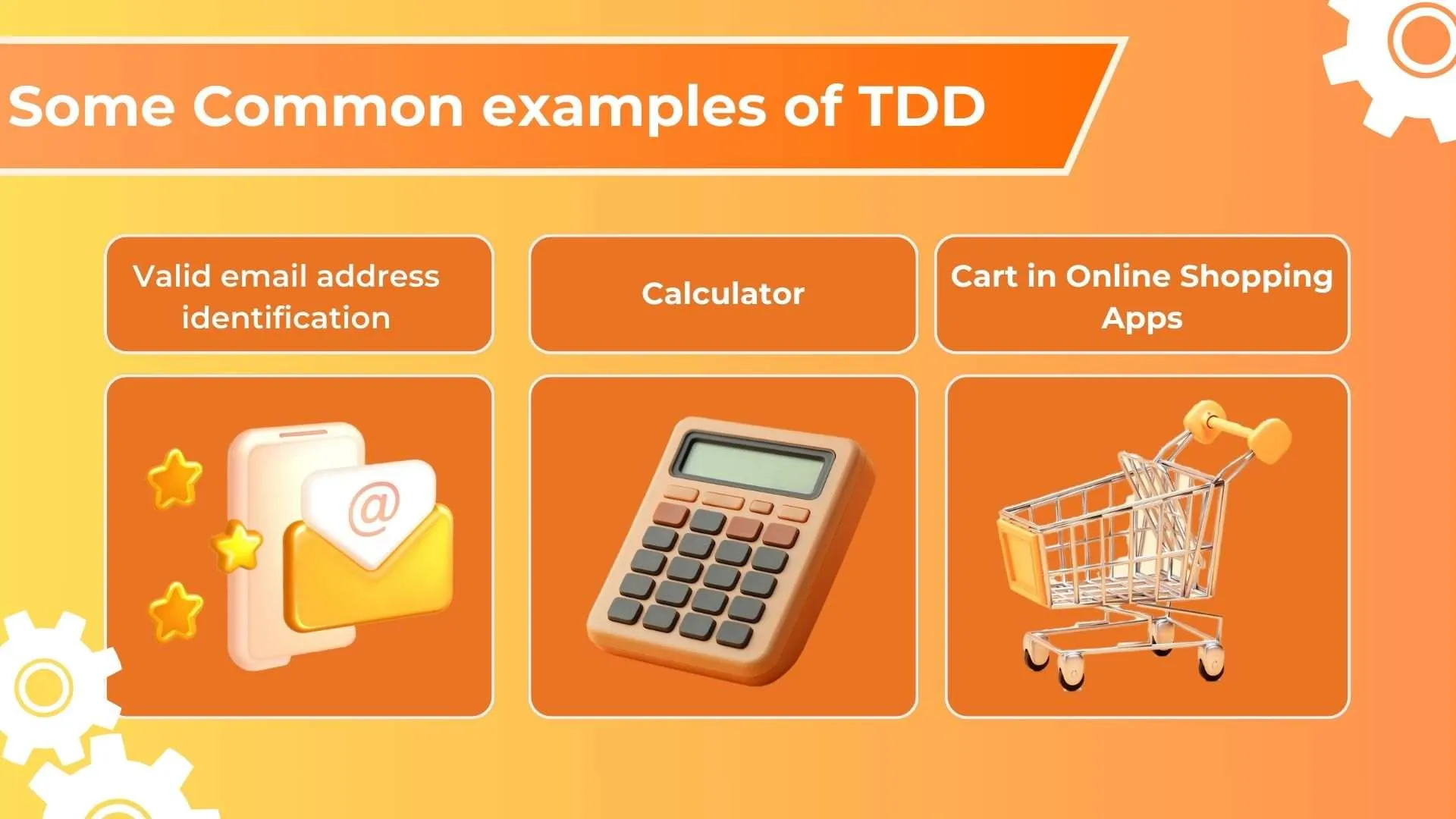
⭐ A classic example of TDD, popularized by Kent Beck in his book "Test-Driven Development: By Example," involves implementing a simple feature like a string calculator. Developers start by writing a failing test that specifies the desired behavior such as adding two numbers separated by a comma. This initial step clarifies the functionality that needs to be implemented.
⭐ Another example of TDD is creating a function to validate 📩 email addresses. Developers begin by writing a test that checks if the function correctly identifies valid and invalid email formats. Testers write the minimal code required to pass the test. This Software Development approach ensures that the email validation logic is robust and meets the required specifications.
⭐ A similar example involves developing a feature for a shopping cart 🛒 in an e-commerce application. The initial test might check whether items can be added and removed correctly. Developers write the minimal code to pass this test, then expand the functionality to handle more complex systems such as applying discounts or calculating total prices. Each step is validated with new tests, ensuring the feature works as intended.

These examples illustrate how TDD enables developers to incrementally build and validate software features, resulting in a reliable code. By writing tests first, developers ensure that each piece of code functions correctly and integrates well, promoting overall software quality.
An Overview of Test-Driven Development Processes
Test-Driven Development is a combination of processes stitched together for a unique testing experience:
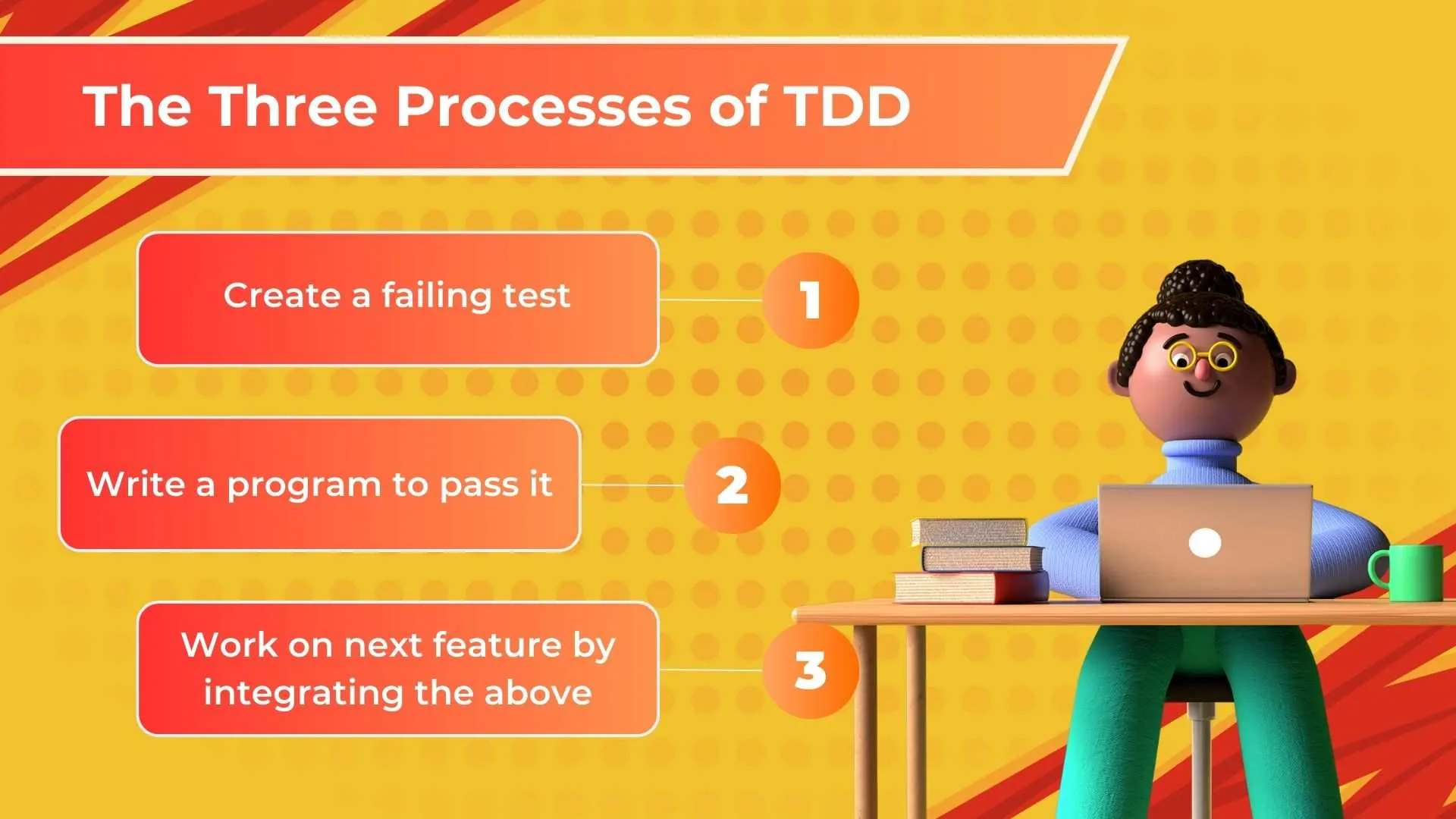
- Write a Failing Test ❌: This initial step entails writing a test that defines the expected behavior of a specific function or feature. The test should fail initially as there's no corresponding code yet.
- Write Code to Pass the Test ✅: Now, developers write the minimal code necessary to make it pass. The focus is on implementing just enough functionality to satisfy the test conditions. This step drives development based on actual requirements and promotes incremental progress.
- Modify the Code 🖊️: After successfully passing the test, developers edit the code to enhance its structure and design without altering its behavior. Additional features can be added by repeating the process on the existing code.
By following the above iterative process, developers can build a reliable and maintainable codebase. Each cycle of writing tests, writing code and refactoring contributes to the overall quality and stability of the software product. This systematic approach fosters better collaboration, faster development cycles and ultimately, higher-quality software.
Benefits of Test-Driven Development
If a testing process doesn't provide benefits compared to other methods, it isn't typically adopted. Let's explore why TDM is favored over alternative testing processes
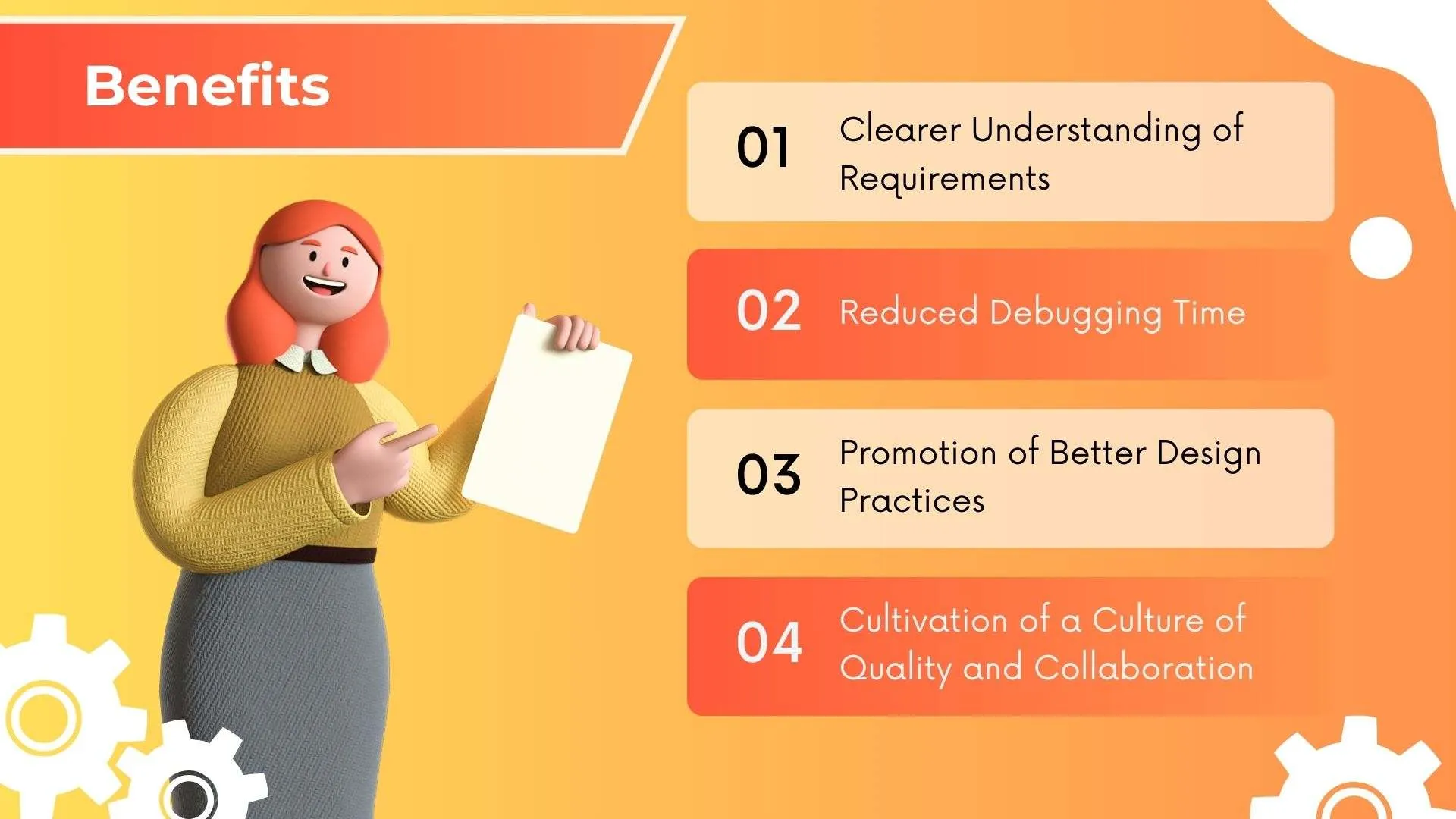
➕ Writing tests first helps developers gain a clearer understanding of project requirements and expectations. This ensures that the software closely aligns with user needs and the development efforts are not wasted.
➕ It significantly reduces debugging time by detecting defects early in the development cycle. Since tests are written before the code, any issues are identified and addressed at the onset, leading to faster iterations.
➕ They promote better design and coding practices such as modularization and encapsulation. By focusing on writing small, focused tests, developers naturally tend to create more encapsulated and modular code.
➕ Foster a culture of quality and collaboration within development teams. By emphasizing the importance of writing tests and validating code against predefined requirements.
➕ TDD encourages an incremental approach to development by breaking down tasks into unit level problems and building on them. This process reduces the number of lines of code and enhances code coverage.
Frameworks for Test-Driven Development
Several frameworks support TDD across different programming languages and platforms.
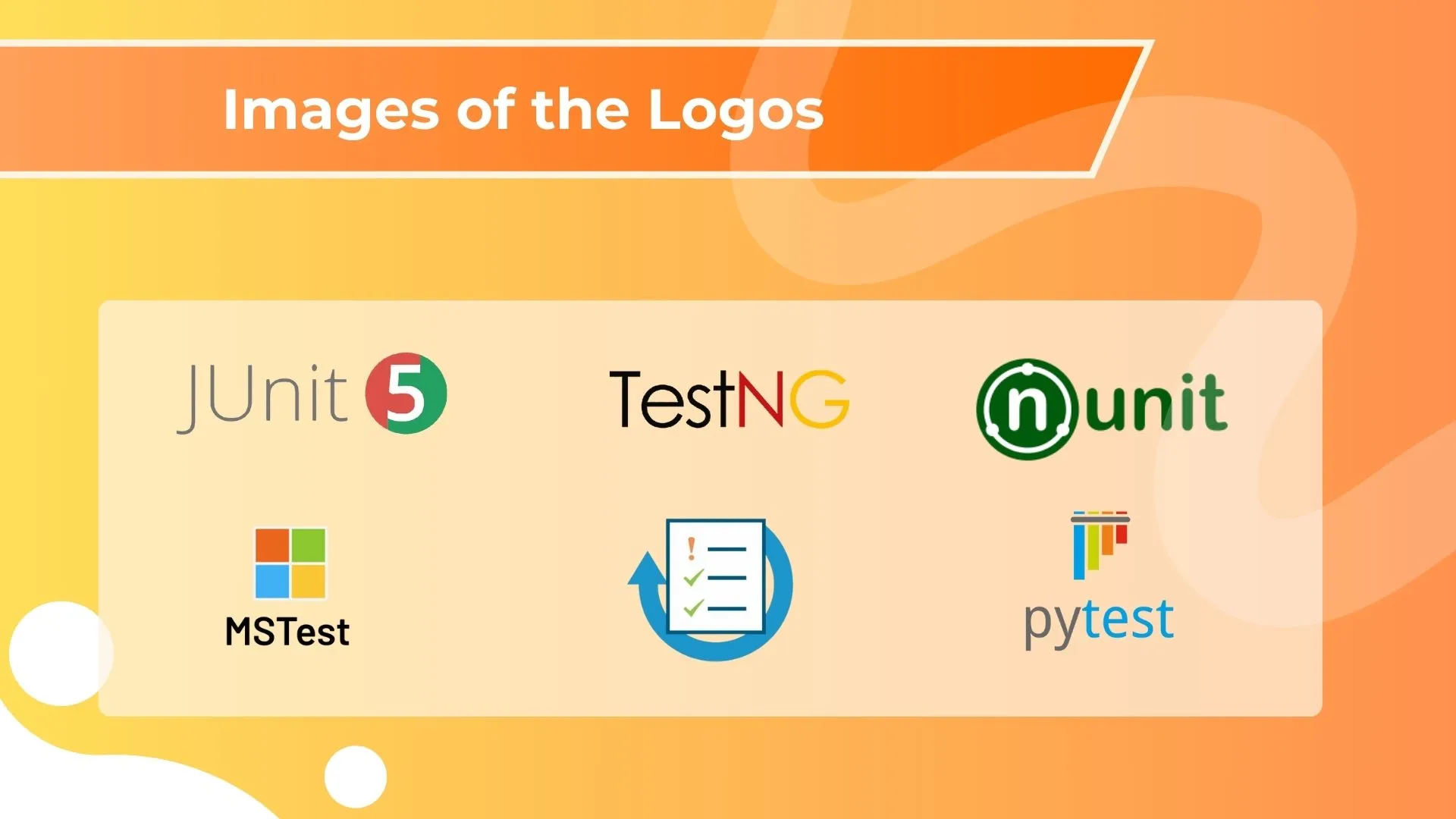
🪛 JUnit: A widely used testing framework for Java development.
🪛 TestNG: Another popular testing framework for Java, offering additional features compared to JUnit.
🪛 NUnit: A testing framework for .NET development, commonly used in C# projects.
🪛 MSTest: Microsoft's testing framework for .NET development, integrated with Visual Studio.
🪛 Pytest: A powerful unit testing framework for Python, known for its simplicity and scalability.
🪛 unittest: A built-in testing framework, providing a basic testing functionality for Python test driven development.
These frameworks offer essential tools and functionalities for implementing Test-Driven Development practices in their respective programming languages and ecosystems.
Best Practices for Test-Driven Development
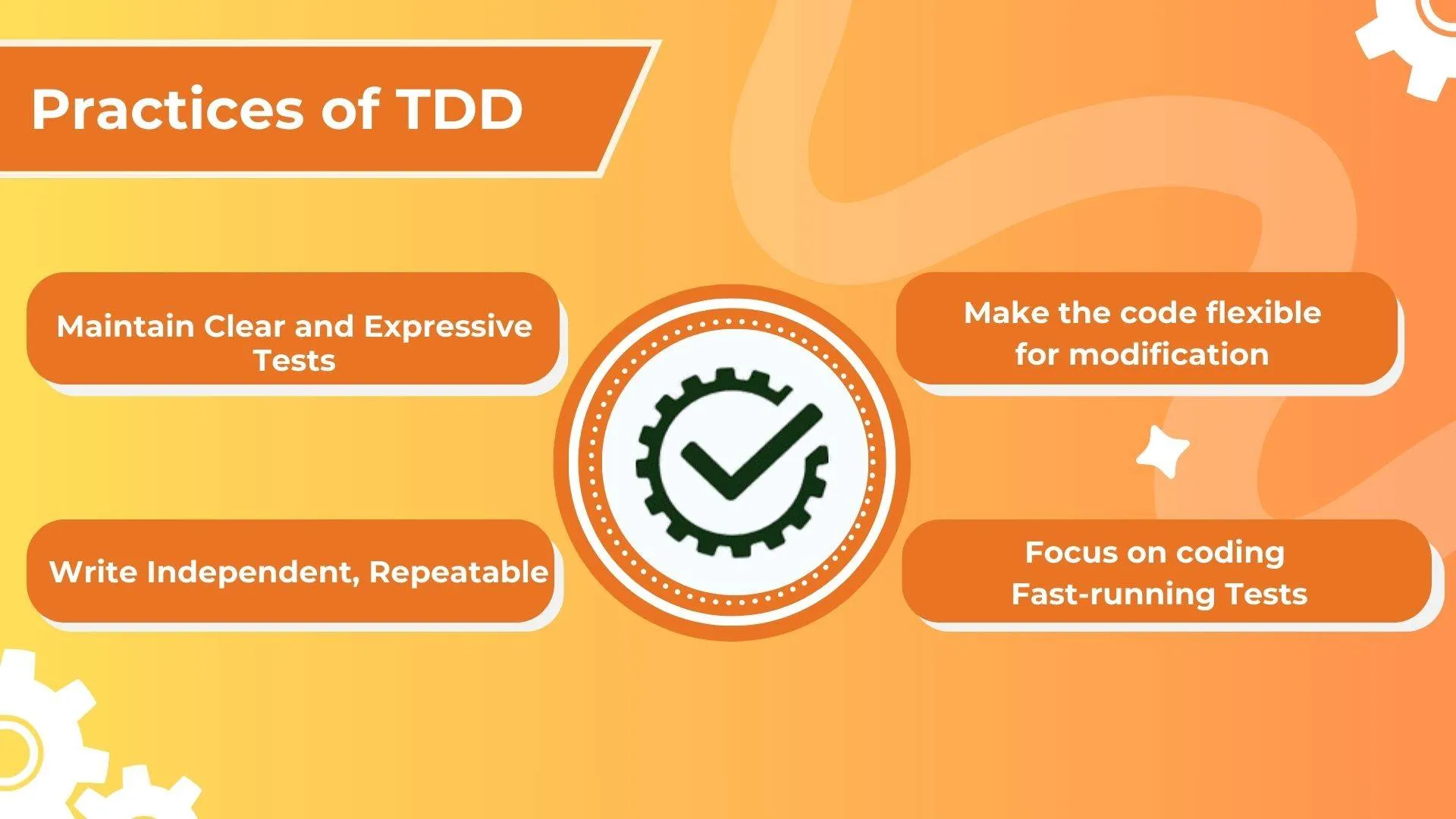
The application of tools 🧰 discussed in the previous section is crucial for achieving optimal TDM. Employing some practices while using these contributes to improving code quality
🥇Clear and Expressive Tests: Developers should prioritize writing clear and expressive tests that accurately capture the intended behavior of the code. Well-written tests serve as documentation and provide insight into the expected functionality of the software, making it easier for developers to understand and maintain.
🥇Independent, Repeatable and Fast-running Tests: Tests should be independent of each other, meaning the outcome of one test should not depend on the outcome of another. These tests should be repeatable and fast-running for constant feedback loops.
🥇High Test Coverage: Maintaining a high level of test coverage is crucial for ensuring effective testing. Test coverage measures the percentage of code that is covered by tests, indicating how thoroughly the codebase is tested. By aiming for comprehensive test coverage, developers can have confidence in the reliability and robustness.
🥇Regular Refactoring: Refactoring involves restructuring code to improve its design without altering its behavior. By continuously refining the entire code unit, developers can maintain a clean, efficient and easily maintainable code over time.
Test-Driven Development Vs Traditional Testing
Traditional testing primarily involves conducting testing activities after the development phase, focusing on finding and fixing defects through manual 👷 or automated 🤖 testing at the end of the development workflow. On the other hand, TDD is a software development methodology where tests are written before code, promoting early defect detection and validation of functionality from the outset.
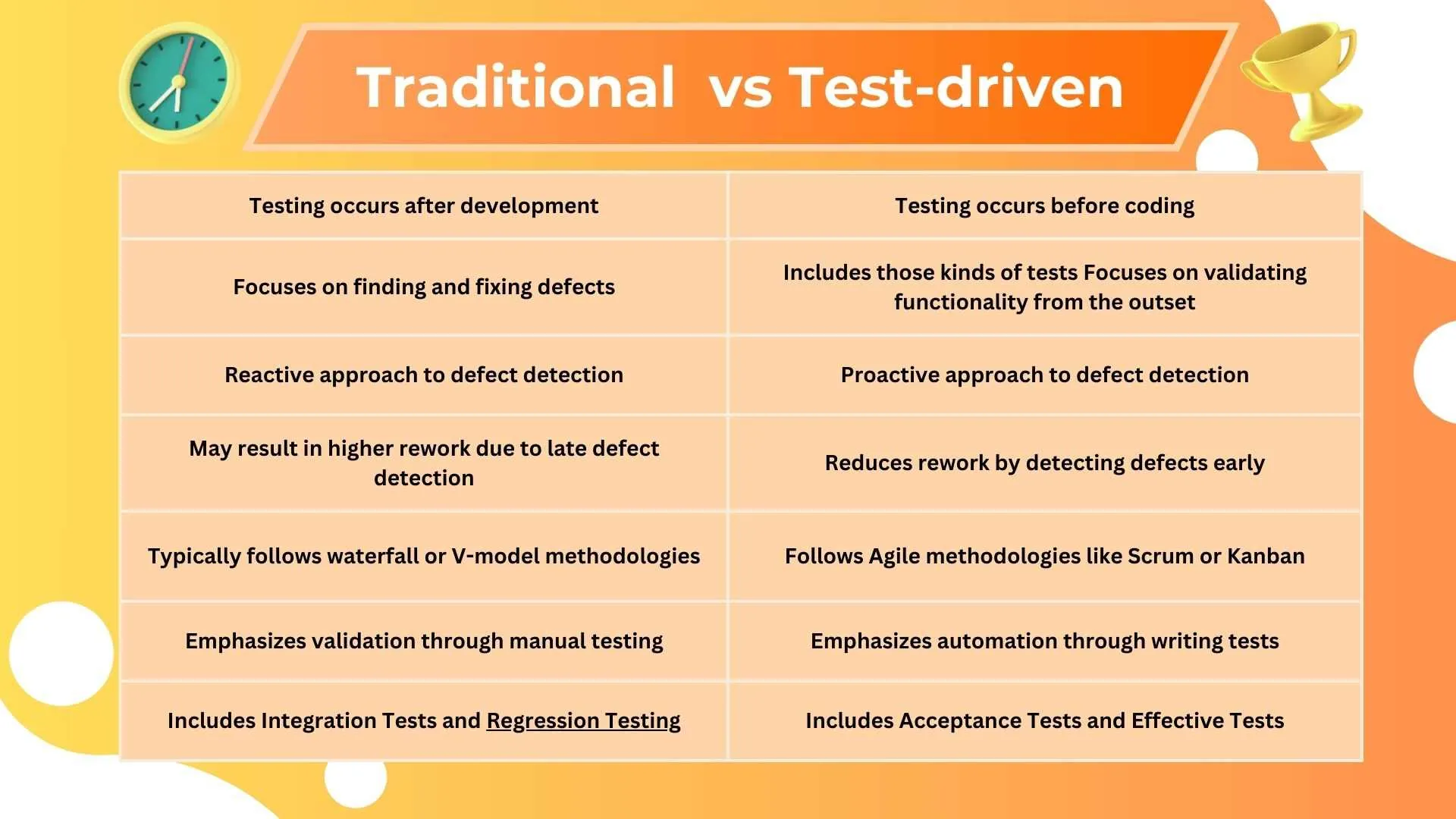
The role of QA - In a Test-Driven Development environment
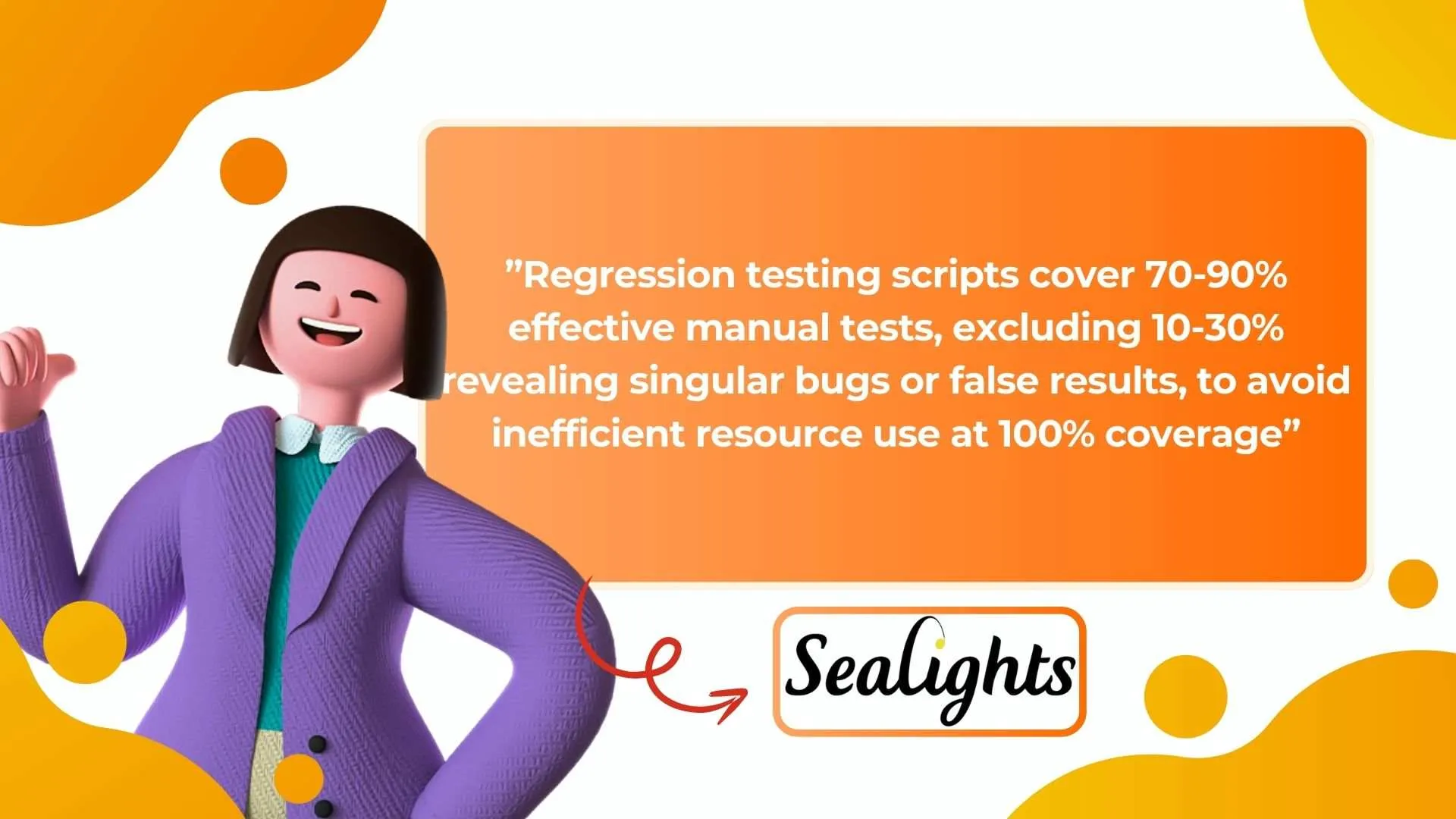
In Test-Driven Development, Quality Assurance (QA) professionals collaborate closely with developers to ensure software functionality and smooth sailing in the production environment. They define test cases, validate results and provide feedback, ensuring comprehensive test coverage.
QA professionals play a crucial role in verifying software functionality, identifying issues early and ensuring thorough validation. They work alongside developers to cover all aspects of the software, including edge cases and boundary conditions.
Continuous Integration (CI) further enhances TDD by automating code integration and testing. CI pipelines execute TDD tests automatically, enabling early issue detection and resolution. This collaborative approach ensures continuous testing and delivering high-quality software that meets user needs.
The biggest challenges of adopting Test-Driven Development
Despite its numerous benefits, adopting TDD can pose significant challenges ⛰️ for development teams.
- Developers who lack experience or technical debt with TDD practices may require training and adaptation.
- Integrating TDD into projects with existing legacy systems can be challenging and may require refactoring. Setting up and maintaining the necessary testing frameworks and infrastructure can be complex and time-consuming.
- Tight project deadlines may make it difficult to allocate time for writing tests, leading to shortcuts or compromises.
- Some team members may resist TDD due to perceived additional workload or unfamiliarity with the process. Adding to this, Limited budget may hinder its adoption.
- Overuse of mock objects in testing can lead to tests that are not representative of real-world scenarios.
- Striking a balance between comprehensive test coverage and maintaining test suite performance can be challenging.

The limitations of Test-Driven Development
While Test-Driven Development offers numerous benefits, it may not be suitable for all software projects. Here are some scenarios where it might not be the best fit 👎:
- Not suited for Software projects with rapidly changing requirements or highly exploratory tasks.
- With TDD There's a risk of over-engineering, where developers focus excessively on passing individual tests without considering broader architectural implications, leading to complex and difficult-to-maintain code.
- It may not be well-suited for projects emphasizing user interface (UI) design, as it primarily focuses on the correctness of a functional code.
- The Upfront or initial investment required to write comprehensive tests can be perceived as a barrier, especially in situations with tight deadlines or resource constraints.

Wrapping Up!
Test-Driven Development has changed software development by prioritizing tests before code. It ensures early defect detection, aligns code with requirements and fosters collaboration among developers and QA professionals. Frameworks like Pytest, TestNG highlight its practical application across various programming languages, driving quality and efficiency in the Software development process.
Adopting TDD brings numerous benefits, including reduced debugging time, better design practices and a culture of collaboration. However, over-reliance on mocks requires careful consideration. Despite its limitations in dynamic environments or UI-centric projects, balancing TDD's key benefits with its challenges is crucial for its successful implementation.
Test-Driven Development offers quality, collaboration and continuous improvement. Development teams follow best practices and frameworks to deliver high-quality software that meets user’s expectations.

People also asked
👉What happens if a test fails during Test-Driven Development?
If a test fails during Test-Driven Development, it indicates that the newly written code does not meet the expected behavior defined by the test, prompting developers to revise and improve their code until the test passes.
👉What role do unit tests play in Test-Driven Development and software quality?
If a test fails during Test-Driven Development, it indicates that the newly written code does not meet the expected behavior defined by the test, prompting developers to revise and improve their code until the test passes.
👉Is Test-Driven Development compatible with Agile development methodologies?
Yes, Test-Driven Development is compatible with Agile development methodologies. TDD's iterative nature aligns well with Agile principles, allowing for rapid feedback, continuous improvement and incremental development cycles.
👉Can Test-Driven Development prevent all software bugs?
While Test-Driven Development can significantly reduce the occurrence of software bugs by validating functionality against defined requirements early in the development process, it cannot prevent all bugs.
👉How does Test-Driven Development improve code maintainability?
Test-Driven Development improves code maintainability by promoting modular, loosely coupled designs and encouraging developers to refactor code frequently. Comprehensive test suite generated through TDD prevent regressions, facilitating easier maintenance and future enhancements.





%201.webp)

